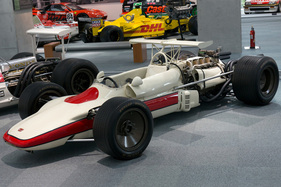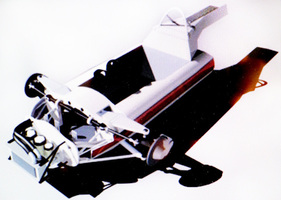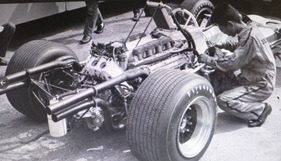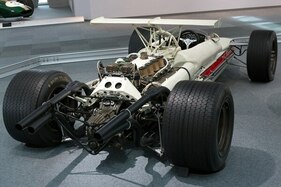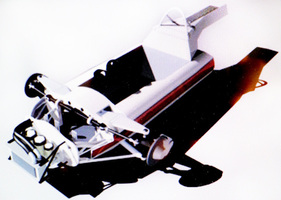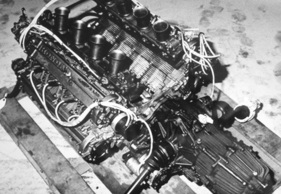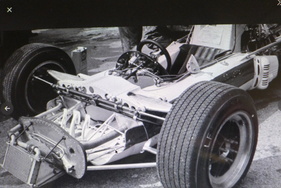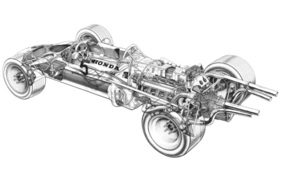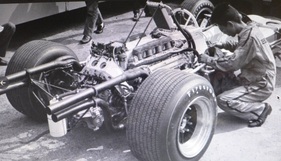Technology in the racing car (20): Honda RA 302 from 1968 - fire accelerator, air-cooled
Summary
With the RA 302 from 1968, Honda wanted to eliminate the disadvantages of its predecessors. It was to be lighter and faster. The approach was radical, probably too radical for the time. The attempt ended in disaster and ultimately led to Honda's withdrawal from F1 at the end of the year. This article from the series "Technology in racing cars from 1958 to 1978" gets to the bottom of the failure of the 1968 Honda RA 302 and shows it in pictures.
This article contains the following chapters
- Extreme lightweight construction as the motto
- Entry against the recommendation of John Surtees
- Withdrawal at the end of the season
Estimated reading time: 3min
Preview (beginning of the article)
The years 1958-1978 were the two most creative decades in the history of racing technology. This series portrays the most innovative, pioneering and exotic designs of Formula 1, Indy cars, sports cars and Can-Am, and at the same time traces the major lines of development that still have an impact today. The series started with Lotus, one of the most important innovation drivers of these two decades. And the series will also finish with Lotus. This time, everything revolves around a rather unfortunate F1 design. With the Type RA 302, Honda wanted to introduce a revolutionary concept to Formula 1 in 1968. But it was to become a cautionary tale of what happens when you launch a vehicle with many (even too many) fundamental innovations before it has been extensively tested.
Continue reading this article for free?
Photos of this article

